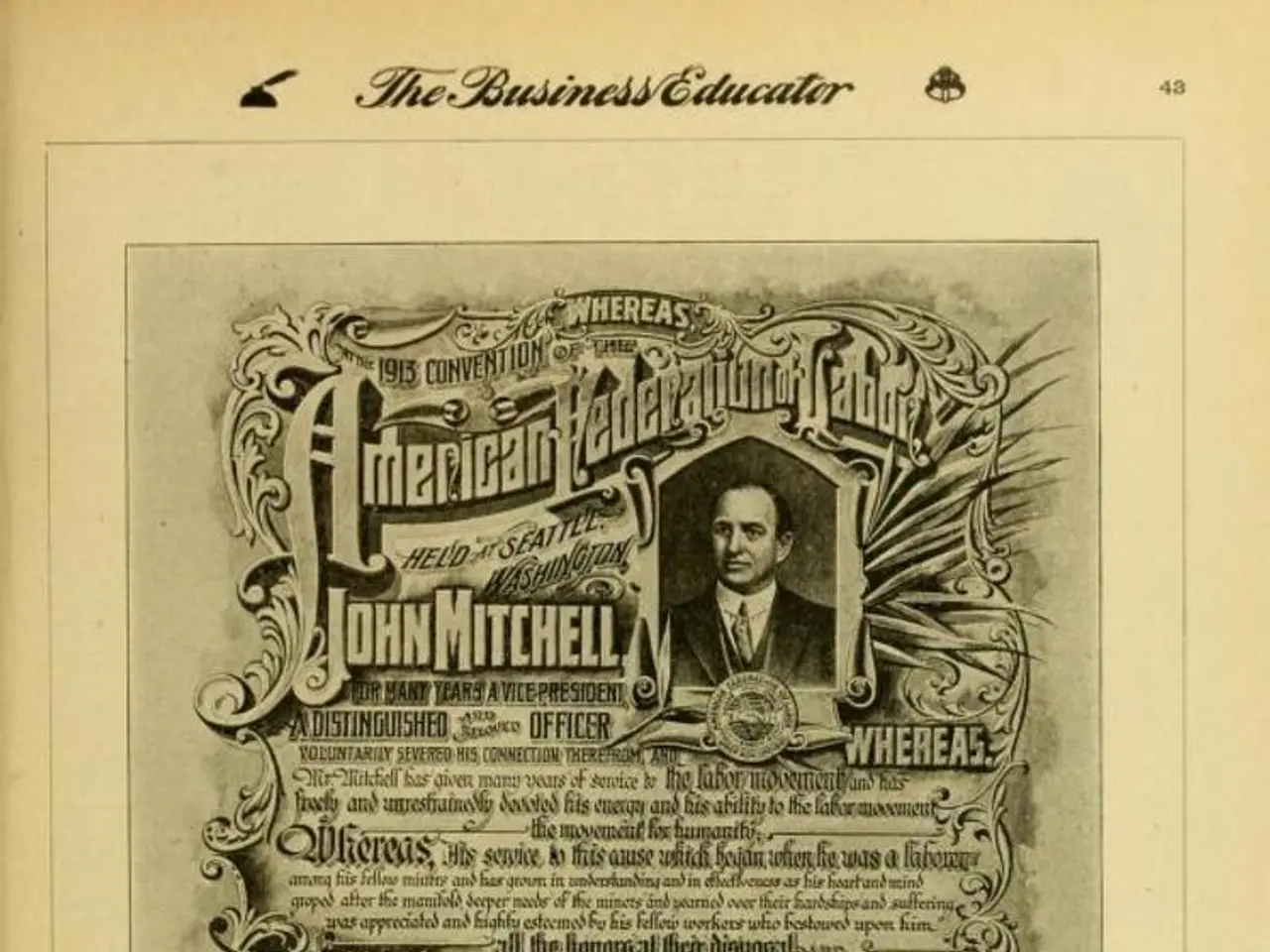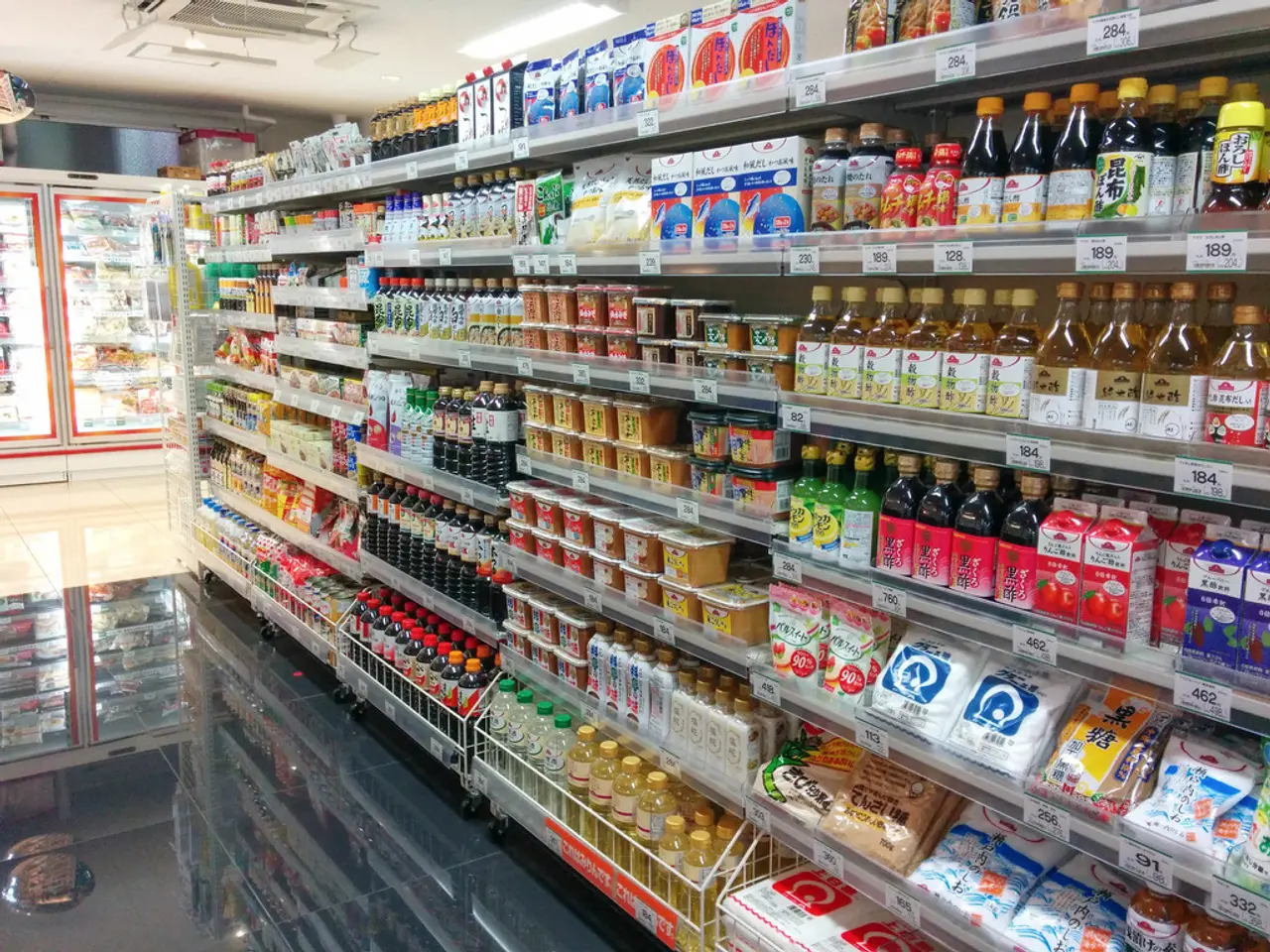"Majority of individuals are prone to deception by AI-generated visuals. Are you confident in your ability to discern reality?"
In a recent study conducted by the University of Surrey, it was found that humans struggle to distinguish real images from those generated by artificial intelligence (AI). The study, which involved approximately 12,500 participants and over 287,000 image evaluations, revealed that the average accuracy of humans in identifying AI-generated images is only slightly better than chance, at around 62%.
The study, which was based on a "Real or Not" quiz shared by Microsoft in August 2024, found that the success rate of identifying people in AI images was around 65%, while photographs of nature were only correctly identified 59% of the time. This poor performance is attributed to the high ability of humans to identify faces, as our brains are "drawn to and spot faces everywhere," according to the study.
However, advanced AI detectors under development claim much higher accuracy rates, with some promising success rates exceeding 95% for distinguishing real from AI-generated images. These tools use deep learning and convolutional neural networks to spot subtle cues in images that are often missed by human eyes.
Despite their success, AI detectors are not perfect and may still produce false positives or miss some AI-generated content. Humans, on the other hand, struggle when images have natural but unusual features, while AI detectors may be tricked by edits or evolving AI generation techniques.
The Real or Not quiz, conducted by Microsoft's AI for Good Lab, is still live and accessible to anyone. Taking the quiz reveals that clear signs of AI use, such as artifacts or incomplete objects, do not always indicate the image is AI-generated. In fact, images created by Generative Adversarial Network (GAN) had the highest failure rate, with a success rate of 55%.
The researchers of the University of Surrey study attribute the high ability of humans to identify faces to the fact that our brains are wired to recognize faces. However, this innate skill does not translate to the ability to identify AI-generated images, especially when they are designed to mimic the aesthetic of real images. The success of an AI model in mimicking a training set, not the model architecture, is responsible for the aesthetic of its output.
This gap in performance underscores the growing sophistication of AI-generated visuals and the need for automated detection tools. As AI technology continues to advance, it is likely that the gap between human and AI performance in identifying AI-generated images will widen.
- The Real or Not quiz, initiated by Microsoft's AI for Good Lab, showcases that images created by Generative Adversarial Network (GAN) have the highest failure rate, with a success rate of only 55%.
- Advanced AI detectors, under development by various teams, boast success rates exceeding 95% for distinguishing real from AI-generated images, using deep learning and convolutional neural networks to identify subtle cues often missed by human eyes.
- In contrast to AI detectors, humans struggle to identify AI-generated images, with an average accuracy of only around 62%, particularly when the images are designed to mimic real aesthetics.
- In the study conducted by the University of Surrey, it was found that our brains are more adept at recognizing faces, but this innate skill does not translate to the ability to identify AI-generated images effectively.




